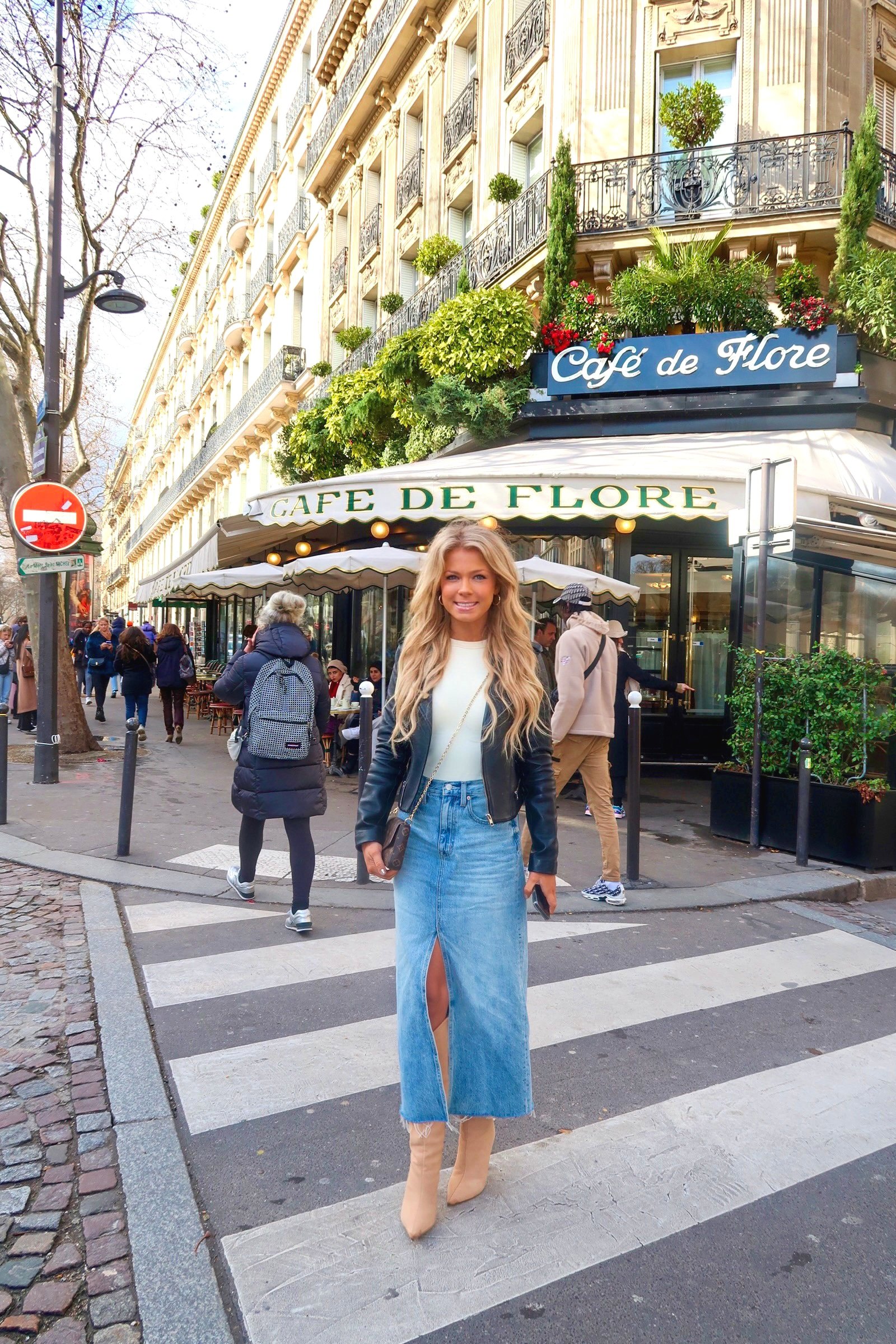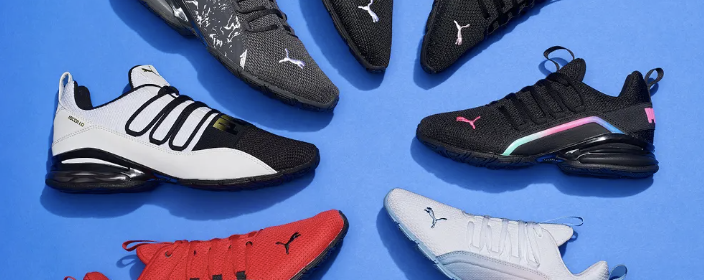
BUILDING AUTHENTIC CONNECTIONS THROUGH UNDERSTANDING.
| brand strategy | social media marketing | influencer marketing | email marketing |
| brand strategy | social media marketing | influencer marketing | email marketing |
| brand strategy | social media marketing | influencer marketing | email marketing | | brand strategy | social media marketing | influencer marketing | email marketing |
ABOUT ME
At a young age, my mother instilled in me the importance of empathy. When I was quick to judge, she was quick to remind me “you never know what someone else may be going through.” Those words became a guiding principle in my life, shaping my interactions and influencing the way I view the world. They taught me to pause and consider the unseen battles others might be facing, encouraging me to approach every situation with kindness and understanding.
As I grew older, this lesson became more than just a mantra; it became a cornerstone of both my personal and professional ethos. In brand strategy, I apply this empathetic lens to everything I do. I strive to create brands that listen and respond to their audiences, forging connections that are authentic and meaningful. By understanding the unique stories and challenges of each individual, I aim to build bridges between brands and their communities, fostering a sense of belonging and trust.
My mom and I on my first day of Kindergarden, 2006.

PANDORA
REBRANDING STRATEGY DESIGNED TO WIN BACK GEN Z FEMALE AUDIENCE
-
Pandora needed a brand transformation that aligned with Gen Z’s emotional reality—a generation focused on the future but longing to appreciate the present. The goal was to make Pandora more than just a jewelry brand—it needed to become a way for Gen Z to capture, wear, and remember their milestone moments.
-
Pandora, once a sentimental favorite, became outdated in the eyes of Gen Z. The brand failed to evolve, and young consumers no longer saw it as relevant to their lifestyle.
-
Instead of just selling jewelry, Pandora would sell the experience of celebrating and holding onto life’s special moments.

VESTIAIRE COLLECTIVE
AN ACTIVATION DESIGNED TO CAPTURE GEN Z
-
Create an experiential brand activation that increases awareness and engagement with Vestiaire Collective among Gen Z consumers in the U.S., encouraging them to explore luxury resale fashion and build trust in the authentication process.
-
There is a lack of brand awareness for Vestiaire Collective among Gen Z consumers in the U.S. While this audience is passionate about sustainable fashion and secondhand shopping, they are unfamiliar with the platform and hesitant to trust the authenticity of pre-owned luxury items.
-
Style Without Borders is a global market-themed activation that introduces Gen Z to Vestiaire Collective through an immersive, travel-inspired experience. Featuring country-themed fashion booths, a hands-on Authentication Hub, and globally inspired street snacks, the activation sparks curiosity, builds brand trust, and creates an emotional connection.

-
Create a comprehensive marketing strategy for Jeep’s new 2026 lineup, which will unveil the brand’s very first fully electric vehicle. The strategy should have three implementations utilizing three different integrated marketing communication tools.
-
Jeep faces declining brand preference due to perceptions that it is outdated and slow to innovate. While its heritage is strong, the brand struggles to stay relevant in a market that increasingly values sustainability, technology, and forward-thinking design.
-
Tradition Meets Tomorrow is an innovative three part campaign that effectively drives the Jeep brand into the future, while still honoring and respecting Jeep’s long standing rugged brand identity and rich legacy. This approach ensures that while we embrace new technologies and advancements, we also remain deeply connected to the values and heritage that have defined Jeep for decades.

PUMA
Perceptual Mapping & Market Analysis
-
Puma wants to increase its market share and attract GEN Z consumers to its footwear products. The brand aims to understand how Gen Z consumers perceive Puma compared to competitors and identify opportunities for growth.
-
Perceptual mapping revealed that Puma is seen as affordable and comfortable but lacks the trend-driven appeal that younger consumers prioritize. With brands like Nike and Vans dominating the youth market, Puma struggles to differentiate itself, limiting its ability to grow beyond its current 17% market share.
-
In order for Puma to become a preferred sneaker brand among Gen Z Puma should postiton itself as durable, comfortable, and affordable—key attributes that drive sneaker preference among this demographic. Additionally, Puma should compete with Vans and Converse by reinforcing its presence in the old school, popular, and skater categories, positioning itself as both stylish and durable while maintaining its affordability.

